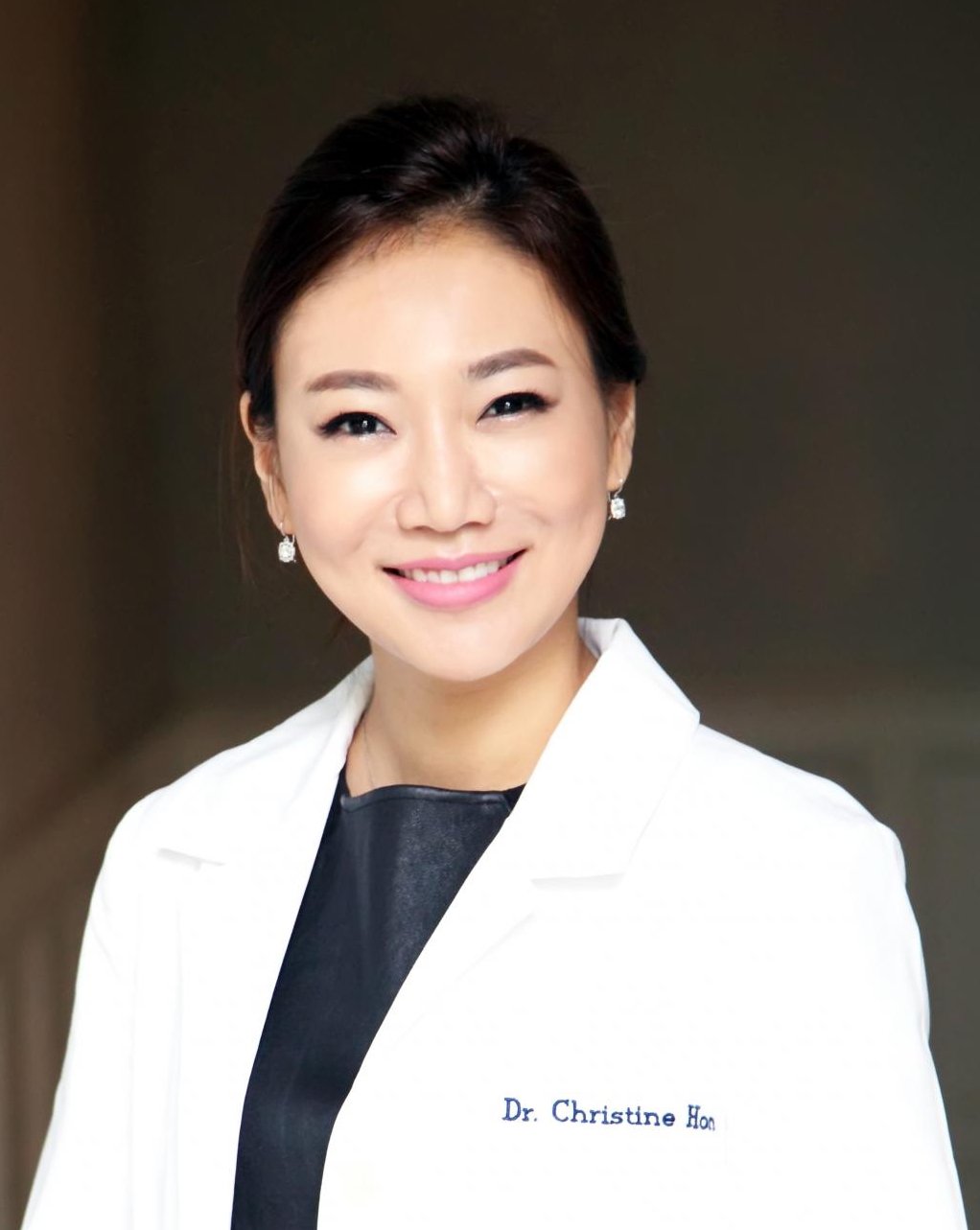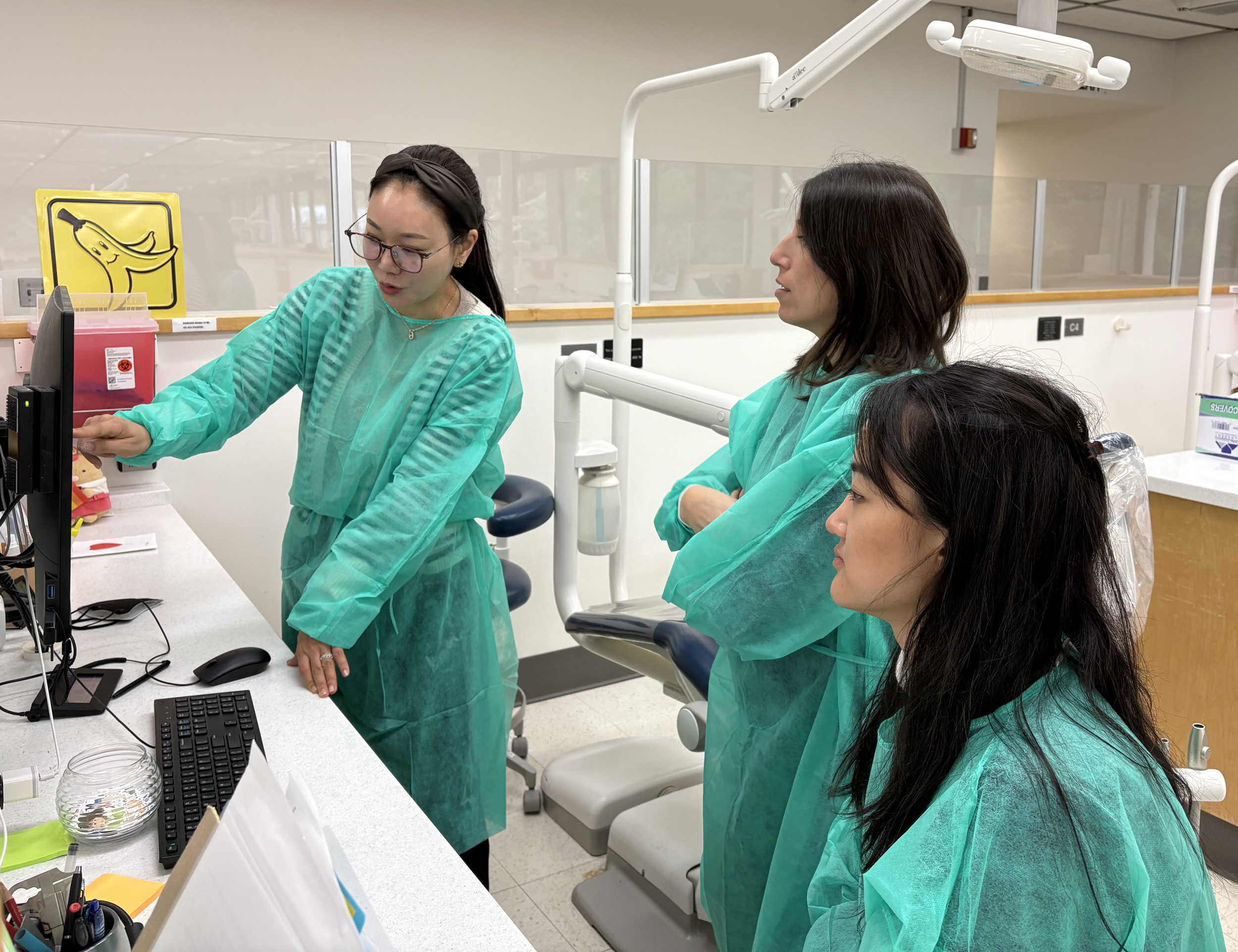Millions of children have difficulty breathing each night when they sleep, and relief may be found in an unlikely place: the dentist's chair.
Christine Hong, DMD, MS, professor and interim Division Chief of Orthodontics, is a clinician scientist at UCSF School of Dentistry. Dr. Hong provides orthodontic care for children and adults at the UCSF Dental Center. She also collaborates with clinicians in the UCSF Sleep Disorders center for multidisciplinary management of sleep-disordered breathing (SDB).
 Christine Hong, DMD, MS
Christine Hong, DMD, MS
In addition to her clinical work, she researches new therapies for osteoporosis and the potential for mesenchymal stem cells (MSCs) to promote the growth of new craniofacial bone tissue to repair or rebuild bones damaged by disease, trauma or congenital defects.
Dr. Hong's work in sleep medicine is groundbreaking. She is a pioneer in applying orthodontic craniofacial modification as a method of treating SDB and obstructive sleep apnea (OSA). Her work is particularly noteworthy due to the emphasis on pediatric patients.
"We see anatomical aberration such as a narrow palate in 93 percent of children with SDB," Hong said. "If we are able to catch this early, we can prevent bigger issues and more complicated procedures when these patients are adults."
Craniofacial development begins at birth and continues until adulthood. Aspects of craniofacial anatomy can contribute to SDB, which in turn influences anatomical development.
"My interactions with patients sparked this interest. After doing expansion or growth modification, the most frequent testimony I hear is 'I can breathe better!' or 'My child sleeps so quietly now.' I wanted to know why orthodontic treatment led to healthy breathing. With this clinical question, I started my research.”
Dr. Hong and her team created a Growth Modification Roadmap that is illustrated in her 2023 publication "A Roadmap of Craniofacial Growth Modification for Children with Sleep-Disordered Breathing: A Multidisciplinary Proposal" in the journal Sleep. The map shows the different stages of growth and the paper discusses where targeted treatment might be beneficial. There is a need for more research in this area, but Hong believes that the roadmap will help facilitate better communication among interdisciplinary teams that can allow for optimal treatment plans for patients of every age.
 Dr. Christine Hong in clinic with Sleep Medicine Fellows Jessica Jimenez, MD, PhD, and Nicola Park, MD
Dr. Christine Hong in clinic with Sleep Medicine Fellows Jessica Jimenez, MD, PhD, and Nicola Park, MD
Enlarged tonsils and adenoids, a common pediatric condition that blocks airflow, are a major cause of SDB and OSA. While infection might cause enlargement, it is often a normal part of development. In severe cases, the primary treatment is removal of the adenoids and tonsils, but there can be up to a 40 percent recurrence of SDB after surgery. To improve breathing, an alternative is a procedure known as rapid palatal expansion (RPE) that has been shown to reduce the volume of adenoids and tonsils. Widening a narrow palate increases nasal volume, which improves airflow. RPE also increases oral volume, which allows the tongue to relax so it is less likely to crowd the upper airway.
Orthodontic interventions are successful during development, with treatment duration between six months and two years, and an average of 12 months. For adults, however, because the bones of their palates are fused, an intervention such as surgically assisted rapid palate expansion (SARPE) is more likely. This is more invasive and expensive than non-surgical palate expansion done in children. So, early intervention is best, but adult patients with severe SDB still have options for healthier breathing.
Dr. Hong is presently engaged in a multi-center longitudinal study on the impact of growth modification on pediatric OSA. Her ongoing research is focused on how nasomaxillary expansion can improve nasal breathing, reduce tonsil and adenoid enlargement, and result in better tongue position.
Initially, Dr. Hong encountered some barriers in her collaboration with sleep medicine doctors due to their limited perception of what dentistry and orthodontics were capable of achieving in this area. Physicians are not always knowledgeable about how to check craniofacial anatomy for problems or when to refer a patient to an orthodontist. However, with the success of her work in sleep medicine, she is now an integral part of the multidisciplinary team.
Presently, fellows in the UCSF Sleep Medicine program rotate through Dr. Hong's faculty clinic and attend her lectures. She also lectures nationally and globally to educate dentists, pediatricians, and physicians about the connection between craniofacial structure and healthy sleep.
Successful treatment of SDB in children requires a multidisciplinary team like the one at UCSF. Educating physicians and other dentists about the importance of orthodontist’s role in craniofacial growth is a critical element to advance patient care. Through collaboration and early intervention, these teams can help children breathe more easily, sleep better, and grow into adults who are free from the long-term negative effects of poor sleep.